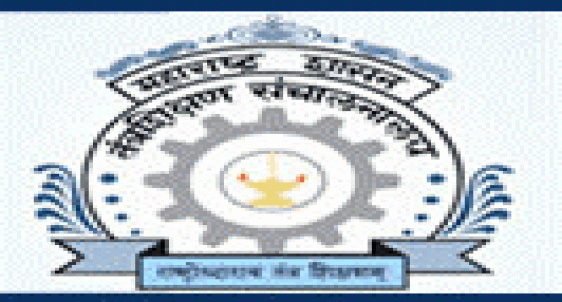
After presenting the article by IMS Learning, MBAUniverse.com now presents the article shared by Mr Manish Saraf, COO, PT Education, Indore on how to do well in MAH - CET 09.
How to do well in MAH - CET 09
By Mr Manish Saraf, COO, PT Education
The Maharashtra CET is the first in a long line of State Level MBA entrance examinations that are conducted by individual states for entrance to MBA colleges affiliated to State Universities. Normally, these State level tests are meant only for students who are domiciled in that state, but the Maharashtra CET gains some significance among students from other states because of the following reasons:
- A percentage of seats being kept open for students from other states (called as OMS candidates)
- The presence of premier institutes like JBIMS (Mumbai), KJ Somaiya (Mumbai), PUMBA (Pune), Sydenham College (Mumbai) and many more colleges in the twin cities of Pune and Mumbai.
- Scores of MAT being also accepted in lieu of the CET scores.
Before looking at a strategy for CET 2009, let us look at the paper structure for CET 2008.
Logical Reasoning 75 questions
Visual Reasoning 30 questions
Numerical Ability 10 questions
Arithmetic 5 questions
Quantitative Comparison 5 questions
Data Interpretation 20 questions
Data Sufficiency 5 questions
Reading Comprehension 15 questions
English Usage 35 questions
If this indeed is the pattern for this year’s test too (as in all probability, it would be) then the smart students should seek to score from the following areas.
- Data Sufficiency
- Logical reasoning
- Numerical ability
- Quantitative comparison
- English usage
Questions from these sections could be called having an easy to moderate level of difficulty and more importantly, can be solved in the least possible time.
Students who are comfortable with their Vocabulary should look towards the English Usage section too as there are questions dealing with Synonyms – Antonyms, Verbal Analogies etc. that can be done in the least possible time. Ditto with the Reading Comprehension section which has 1 passage followed by 15 questions based on the passage itself. Even here, there are some vocabulary based questions based on words sourced from within the passage.
Questions from Visual reasoning can prove to be a stumbling block for many. Our advice to the students would be that they should not spend too much time on these questions. If the logic/pattern/sequence does not hit you immediately, then chances are that it would not strike you even after 10 minutes.
One “positive” trait of the CET – much appreciated by the students! – is that there is no negative marking. Therefore, students should look to attempting all the questions.
Our advice to students would be to genuinely attempt at least 140-150 questions and the balance can be left to chance. But, remember, this advice would become invalid, if this year the CET decided to introduce negative marking!!
Stay tuned to MBAUniverse.com for more on latest news, updates and expert advice on MBA Admissions 2009.


























